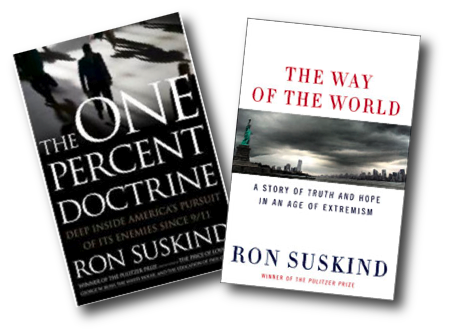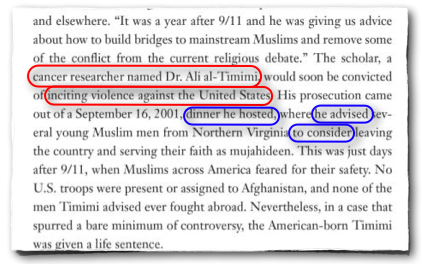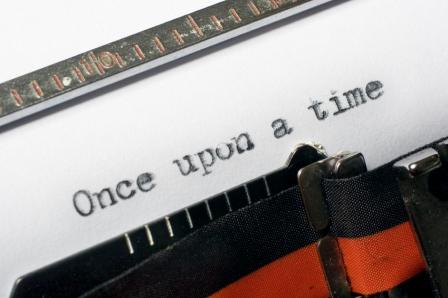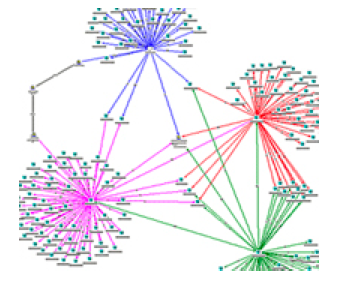
Saving the Republic: One book at a time
Blessed are the Whistleblowers for they give the meek hope and provide us the bread on our table — from The Journalist’s Prayer
Back in the day there was Edward, Walter, Neil, Bob, and Carl. They represented a different type of American journalist… journalists who believed that their jobs were sacred trusts and that they were accountable to the people. In many ways, they and their editors and publishers were more patriotic then the government officials about whom they were reporting.
But the world of news has changed. Just go and ask anyone in a newsroom: “what’s the purpose of your organization?” and the answer is resoundingly: “to inform the public to report the news to maximize shareholder value through the productization of the news and advertisements”. All the news that is fit to sell is vying as a replacement to the venerable motto used in previous times.
As our government abuses its authority, Congress abandons its legislative and oversight roles, and the Courts choose not to enforce the law… a new breed of journalist has emerged to uncover the wrongs committed against the People, the Rule of Law, and the Constitution. These brave men and women are standing up and speaking out. Only time will tell if Ron, James, Eric, Jane, Nancy, Barton, and a few others will also be revered.
This is the first post in the category “Clips and Snips” and I wanted to take a look at some of the writings of Ron Suskind and how he discusses Ali.
In the book The One Percent Doctrine, Ron documents that the NSA was monitoring Ahmed Abu Ali–without a warrant. Ahmed was prosecuted as a related case to the Paintballers. Here’s the snippet:

Clearly Ron is very courageous. Ron’s style of writing is to include not only facts such as the “NSA was monitoring Ahmed Abu Ali without a warrant” but also some background information so that the reader has a more personal connection to the people in his books. This unique style takes on even more prominence in Ron’s latest book The Way of the World.
In this latest book, Ron briefly discussing Ali– that’s Ali Al-Timimi and not Ahmed Abu Ali. Ron makes a few mistakes… but nonetheless you can see that he has a professionalism that is quite admirable unlike others who will drag Ali through the mud just because they can… truth be damned. Here’s the clip:

Ron addresses Ali as “Dr. Al-Timimi” which is probably the first time that I’ve seen anyone use that term. And as you can see, Ron mentions both Ali’s cancer research work as well as his Islamic knowledge. Though it’s a mistake to assert that Ali is an “Islamic Scholar”, it appears that Ron means no harm by using that title and simply wants to inform the reader that Ali is knowledgeable of Islam.
In the blog post “Schooling For Dollars”, I’ll discuss the harm in referring to Ali as an Islamic scholar. And in the post “Shaking Off the Title Sheikh” we’ll look at how the term Sheikh is also misused to Ali’s detriment.
Another mistake is in presenting Ali as an Islamic scholar first and his cancer research as a secondary area of interest. If you know anybody working for a Masters degree and then a PhD in computational biology and working full time in high performance computing you’ll realize the error of this description.
To his credit, Ron doesn’t use the words “treason” or “terrorist” as the government does to alter the perception of Ali’s case. Nor is Ron just another hack who just repeats whatever the prosecutor makes up says.
And lastly, the description that Ali “hosted” the dinner with some of the Paintballers and asked them “to consider” Jihad abroad are also errors. But to Ron’s credit, it seems that he has done some honest research into Ali’s case and doesn’t just parrot the government’s mischaracterizations version in which Ali was coach, cheerleader, and water boy to the Paintballers and gave them a “ra ra” speech during that dinner.
















You must be logged in to post a comment.